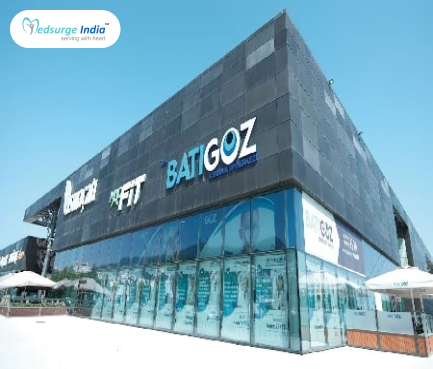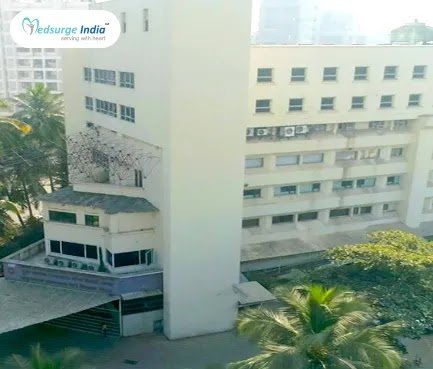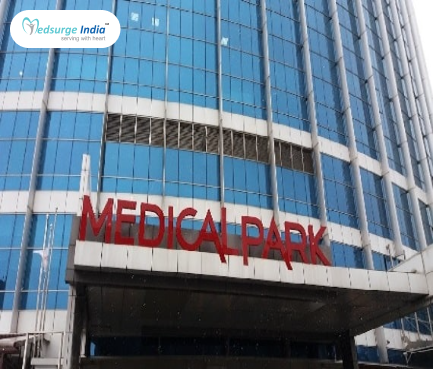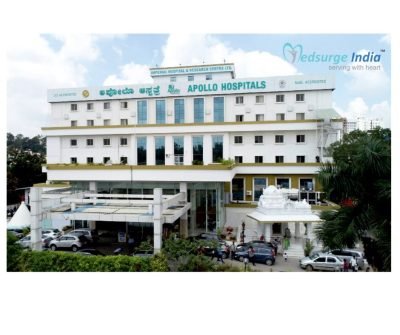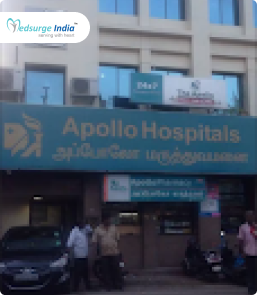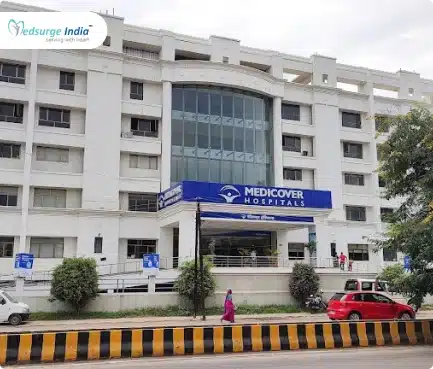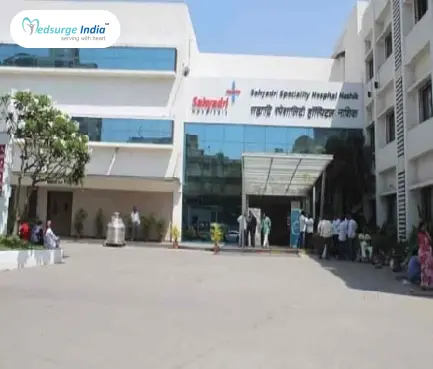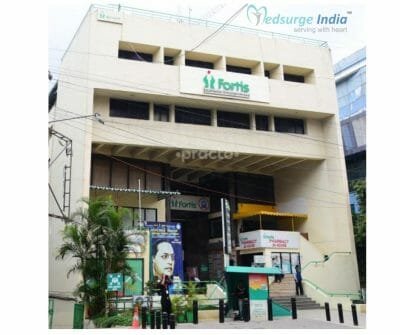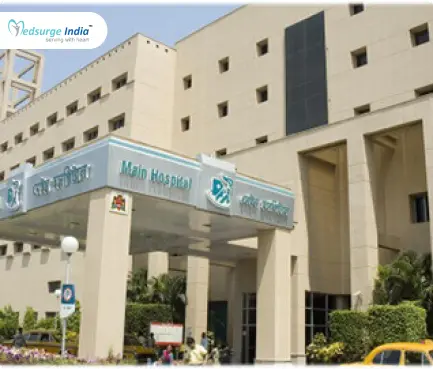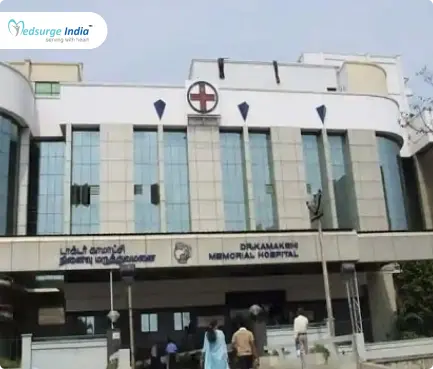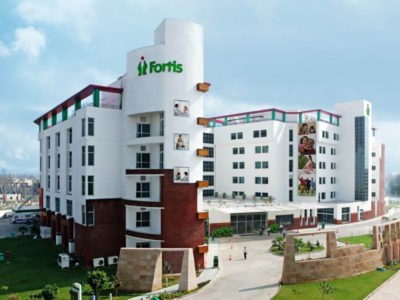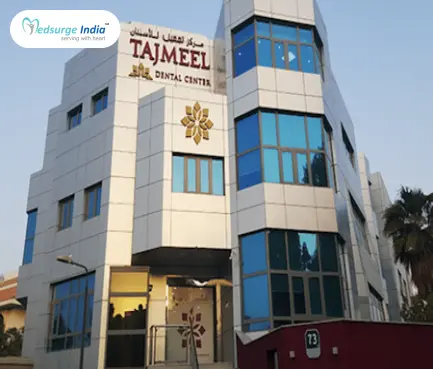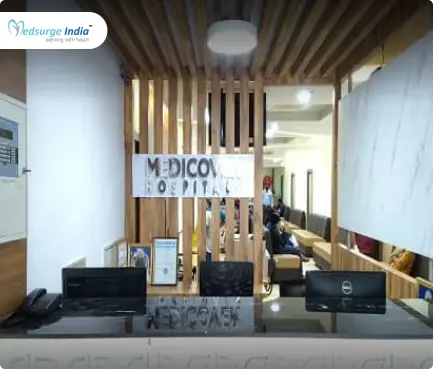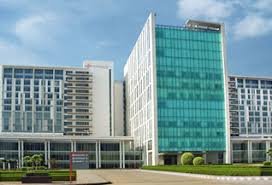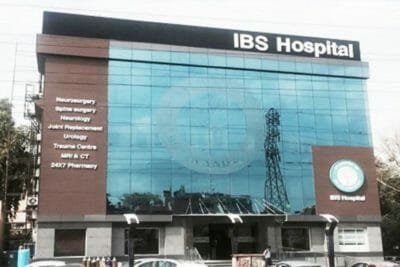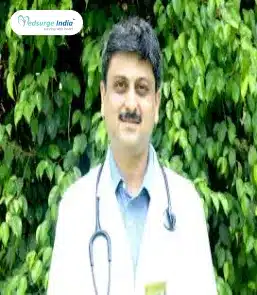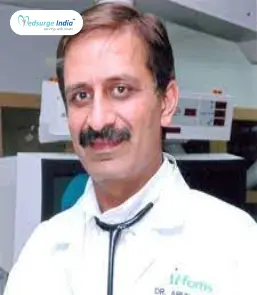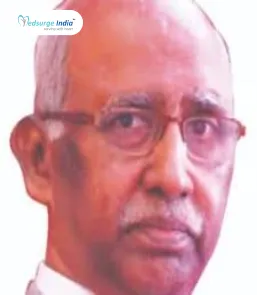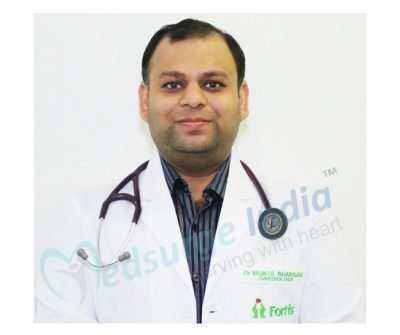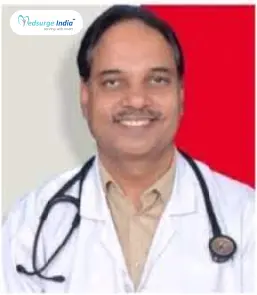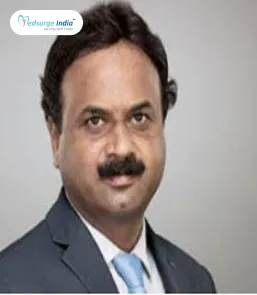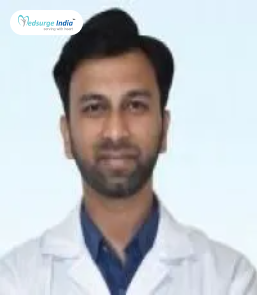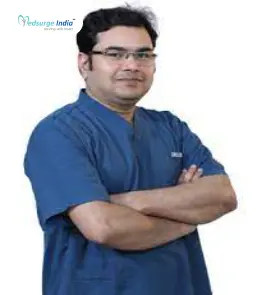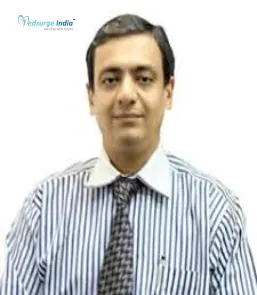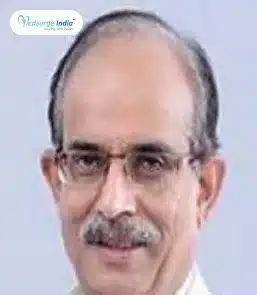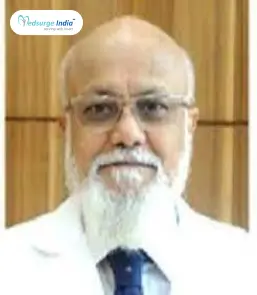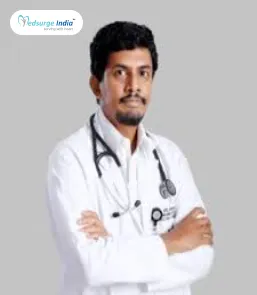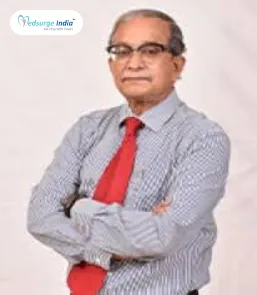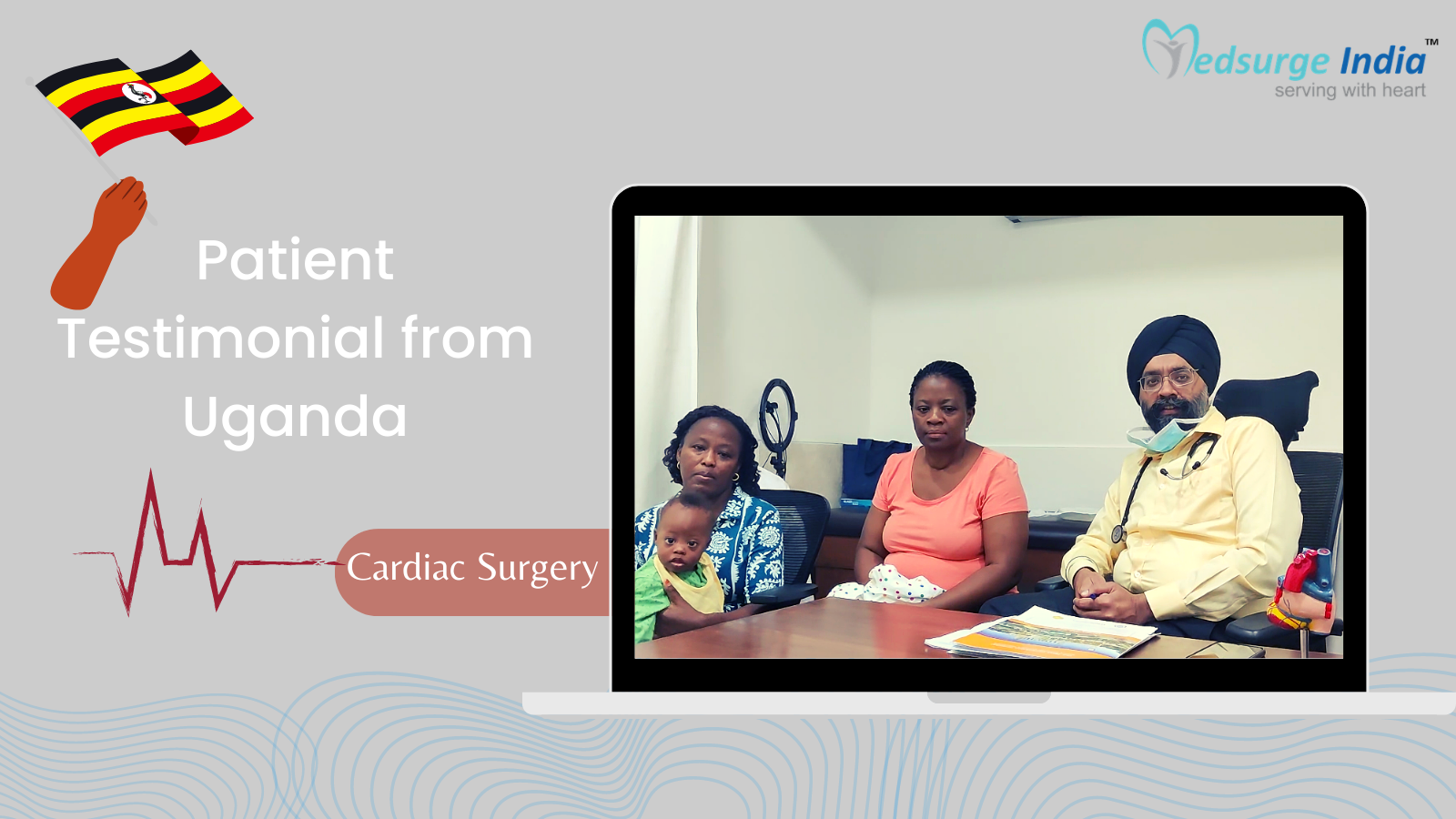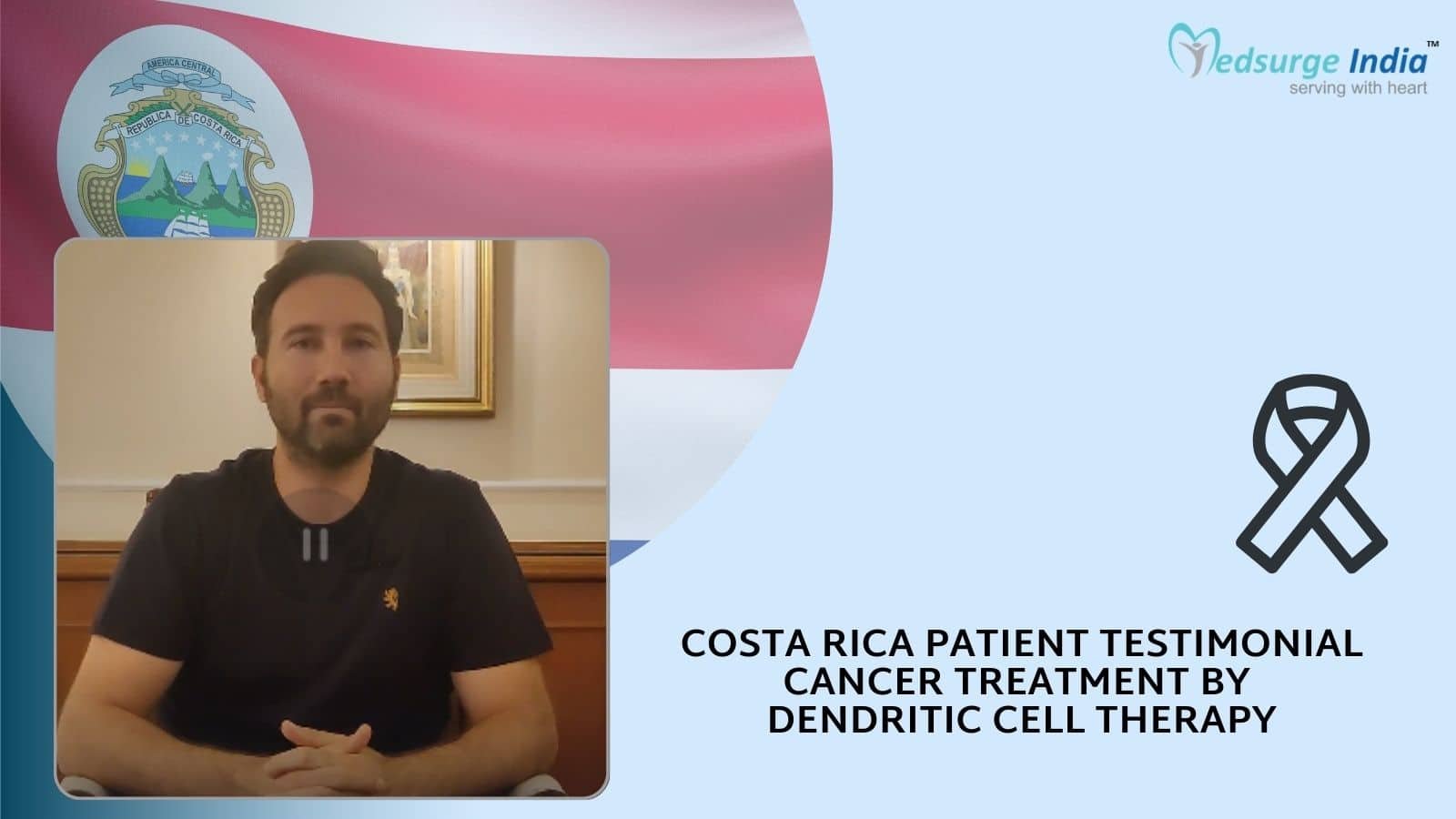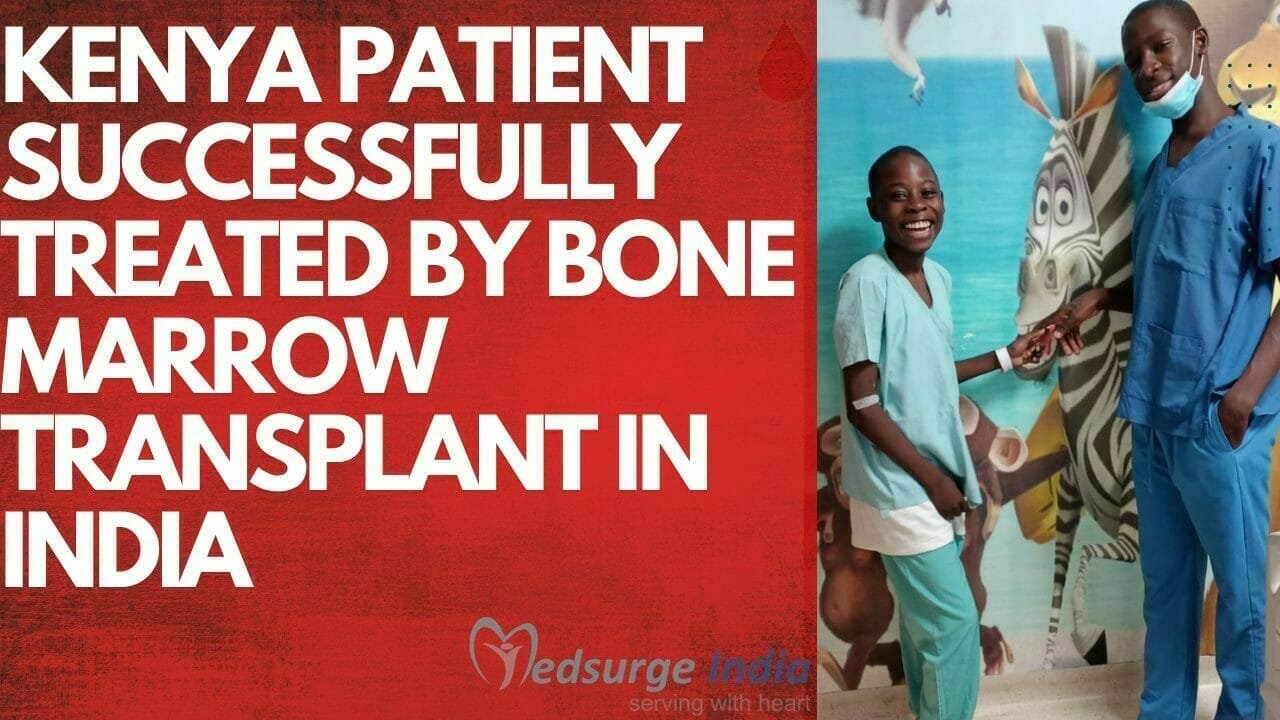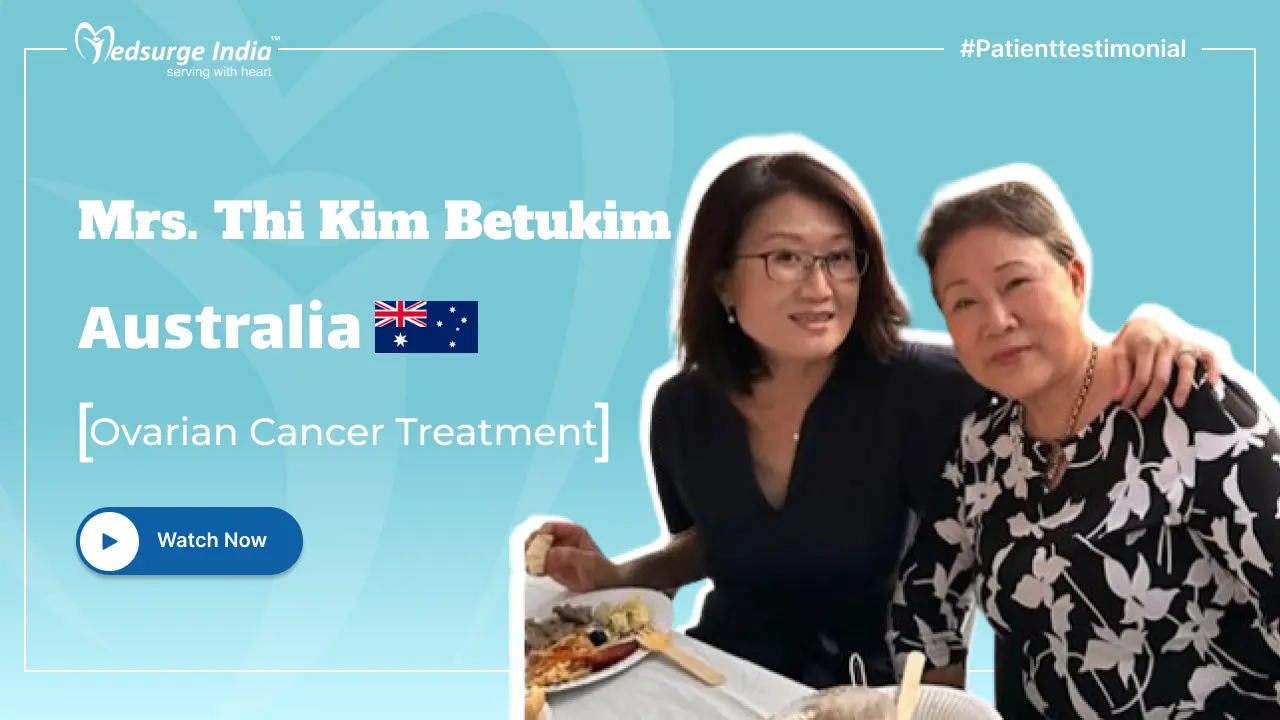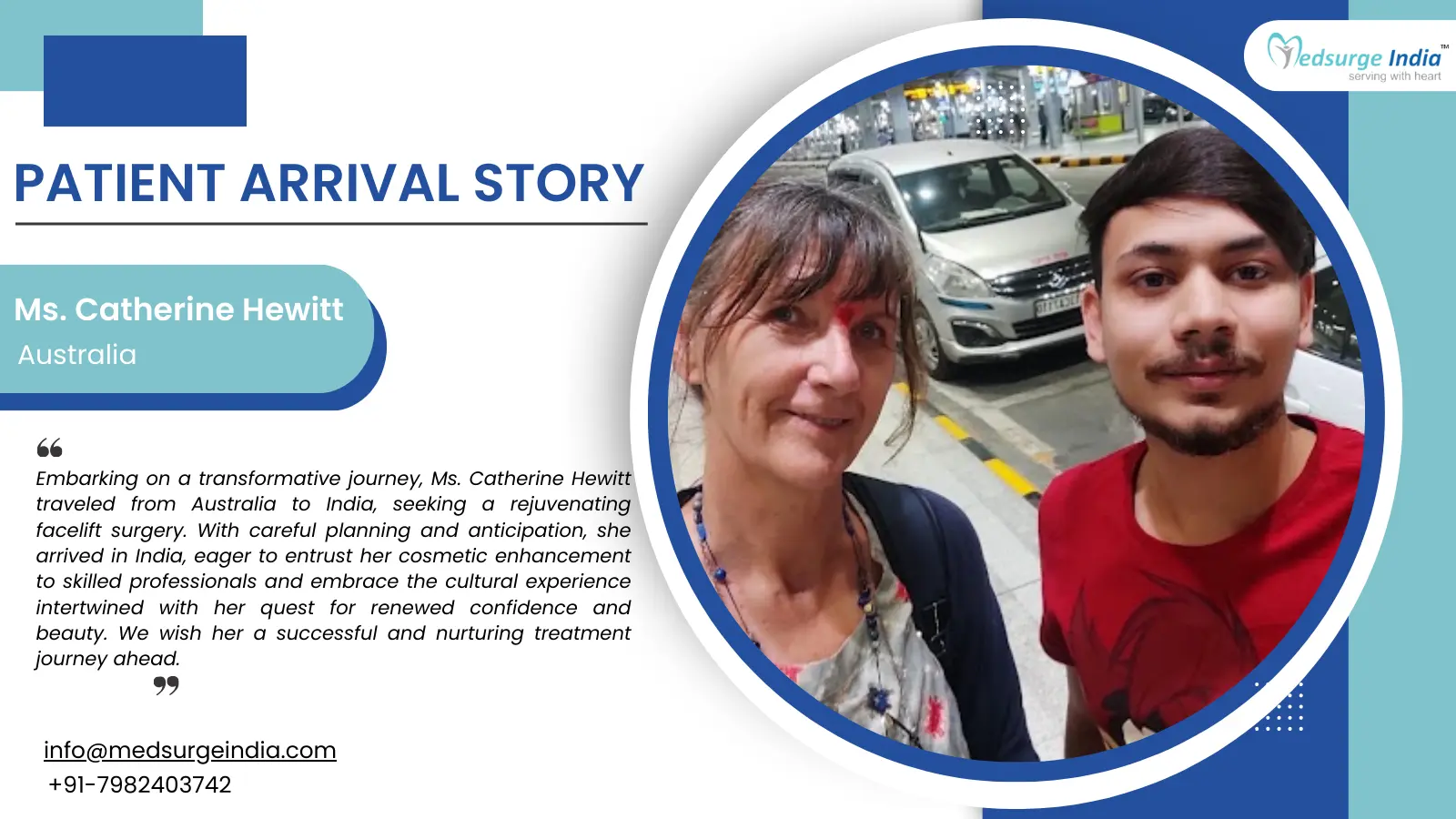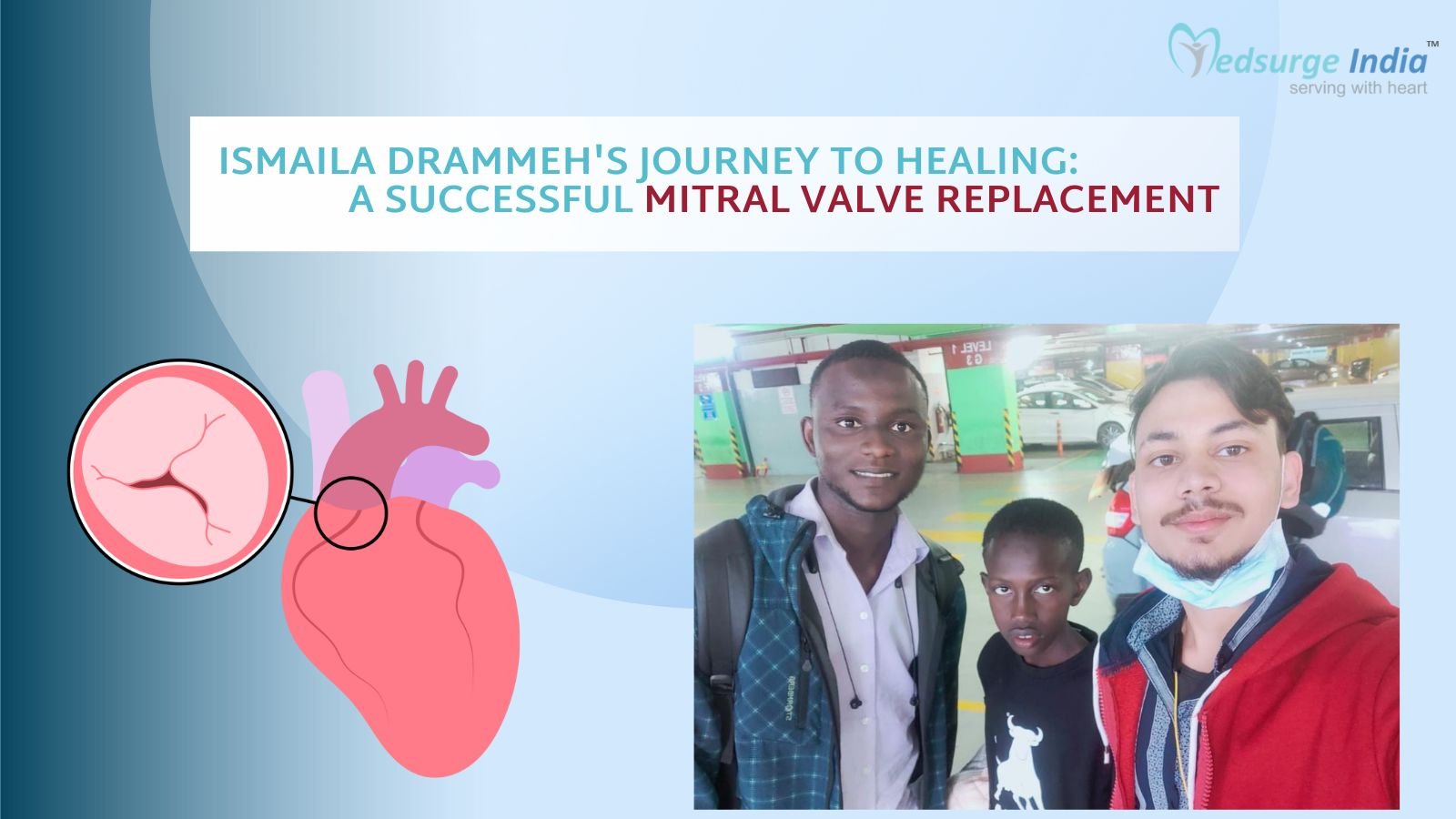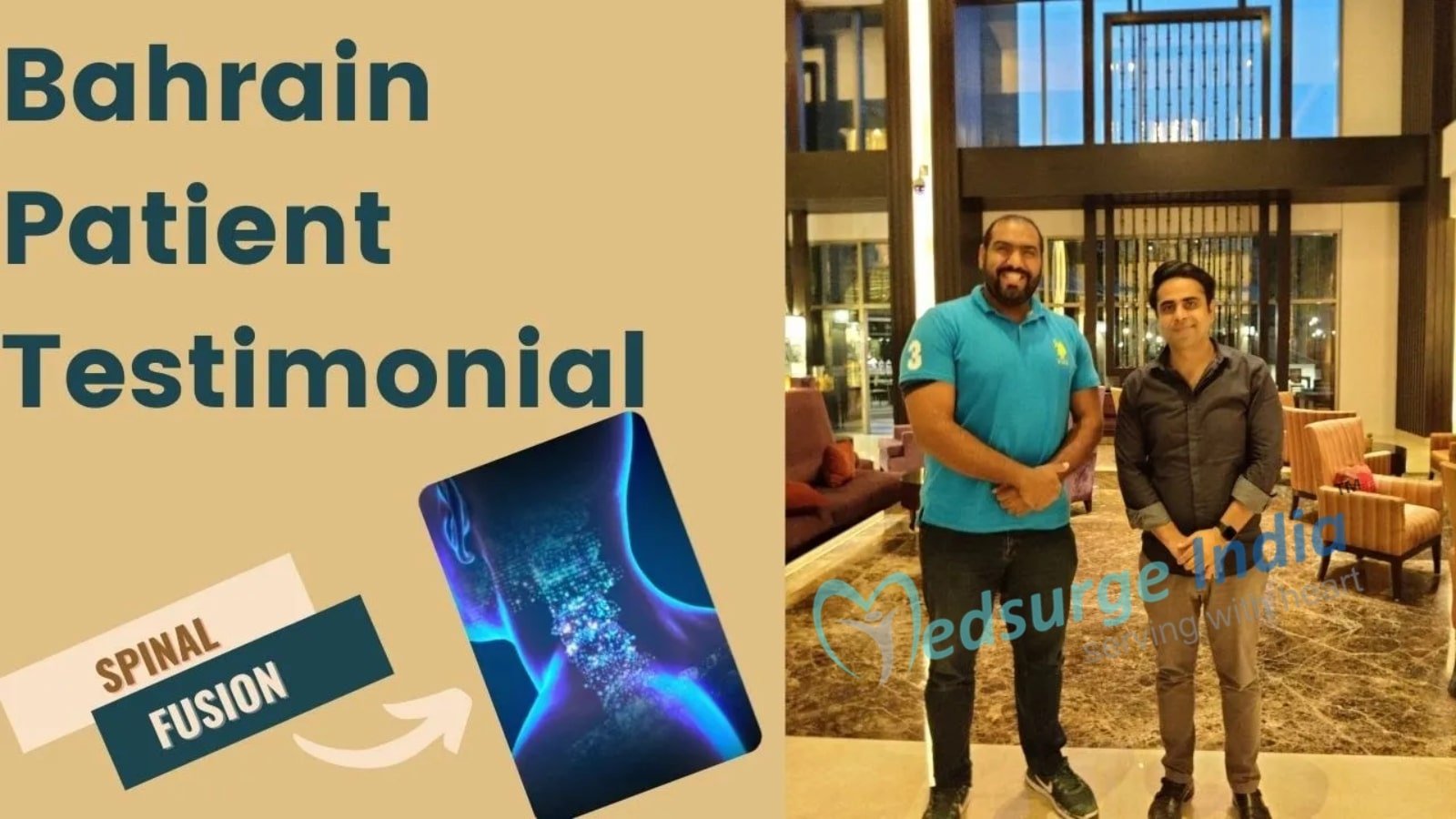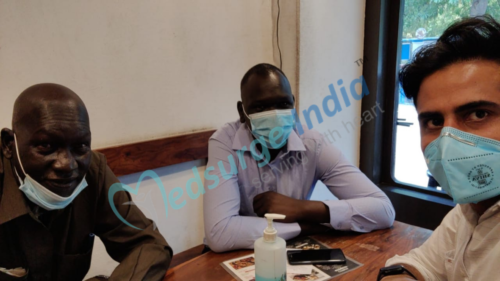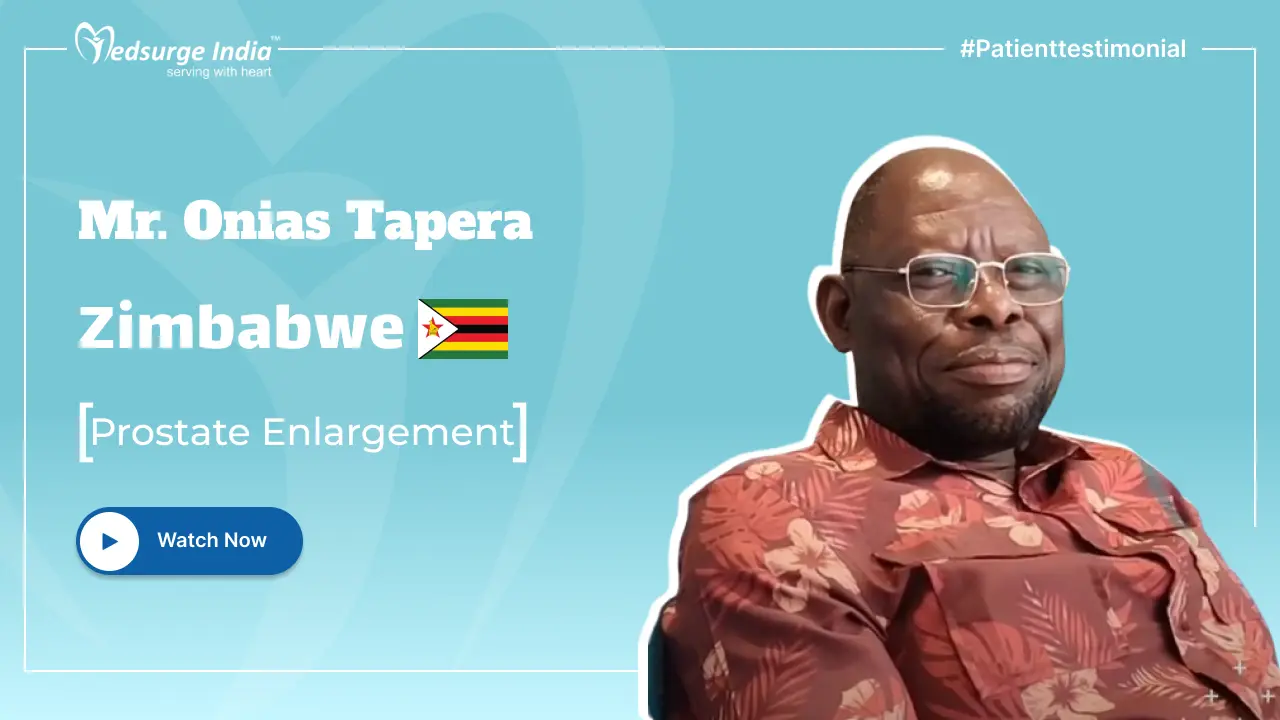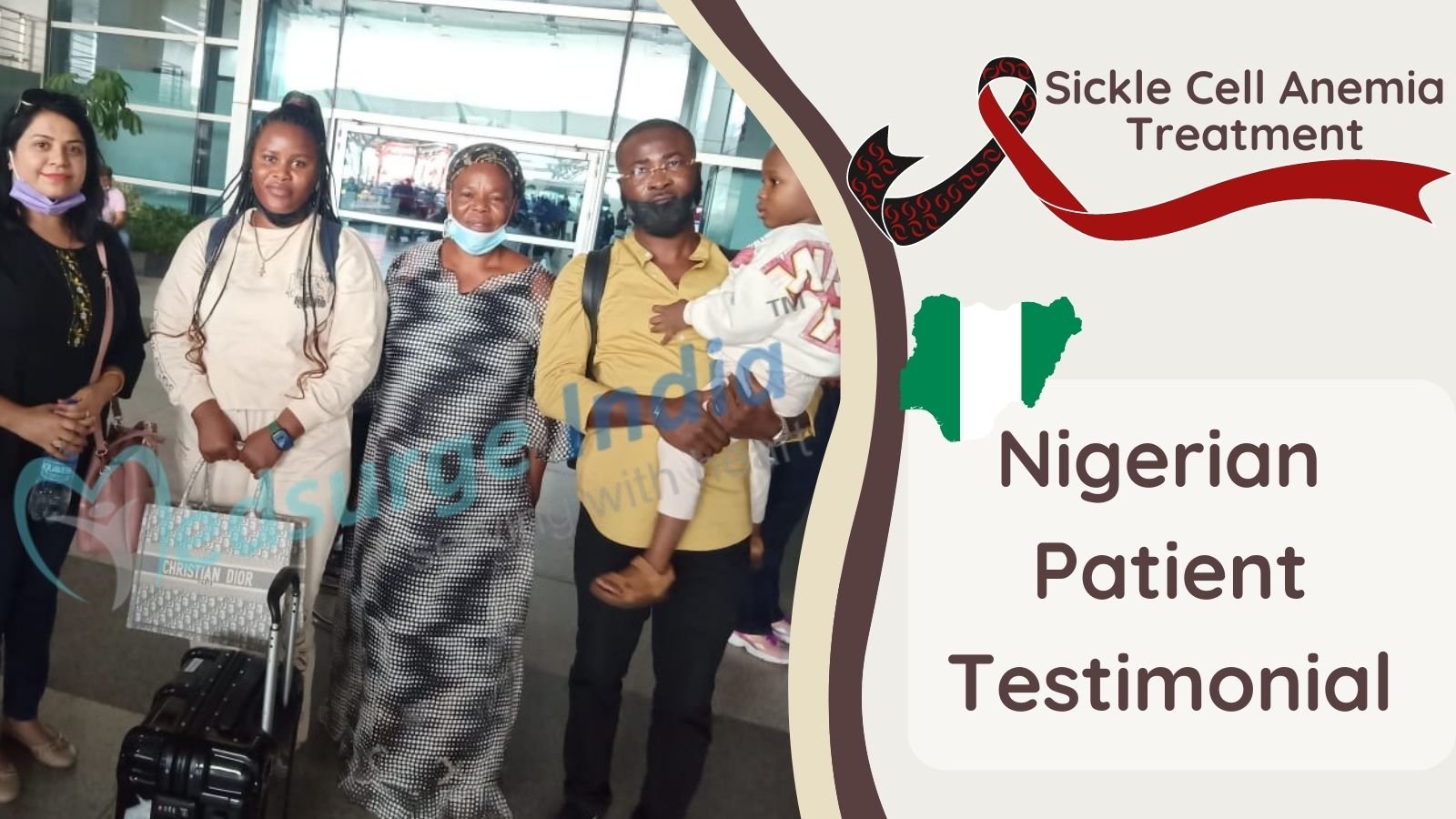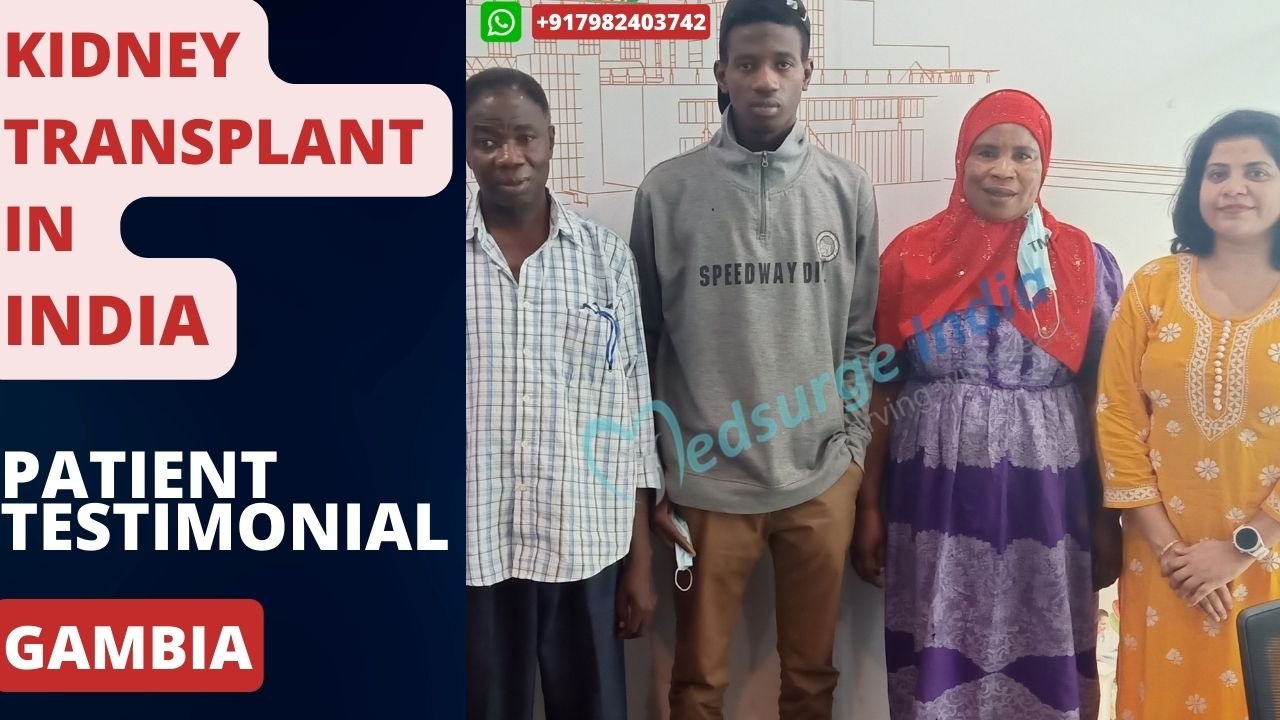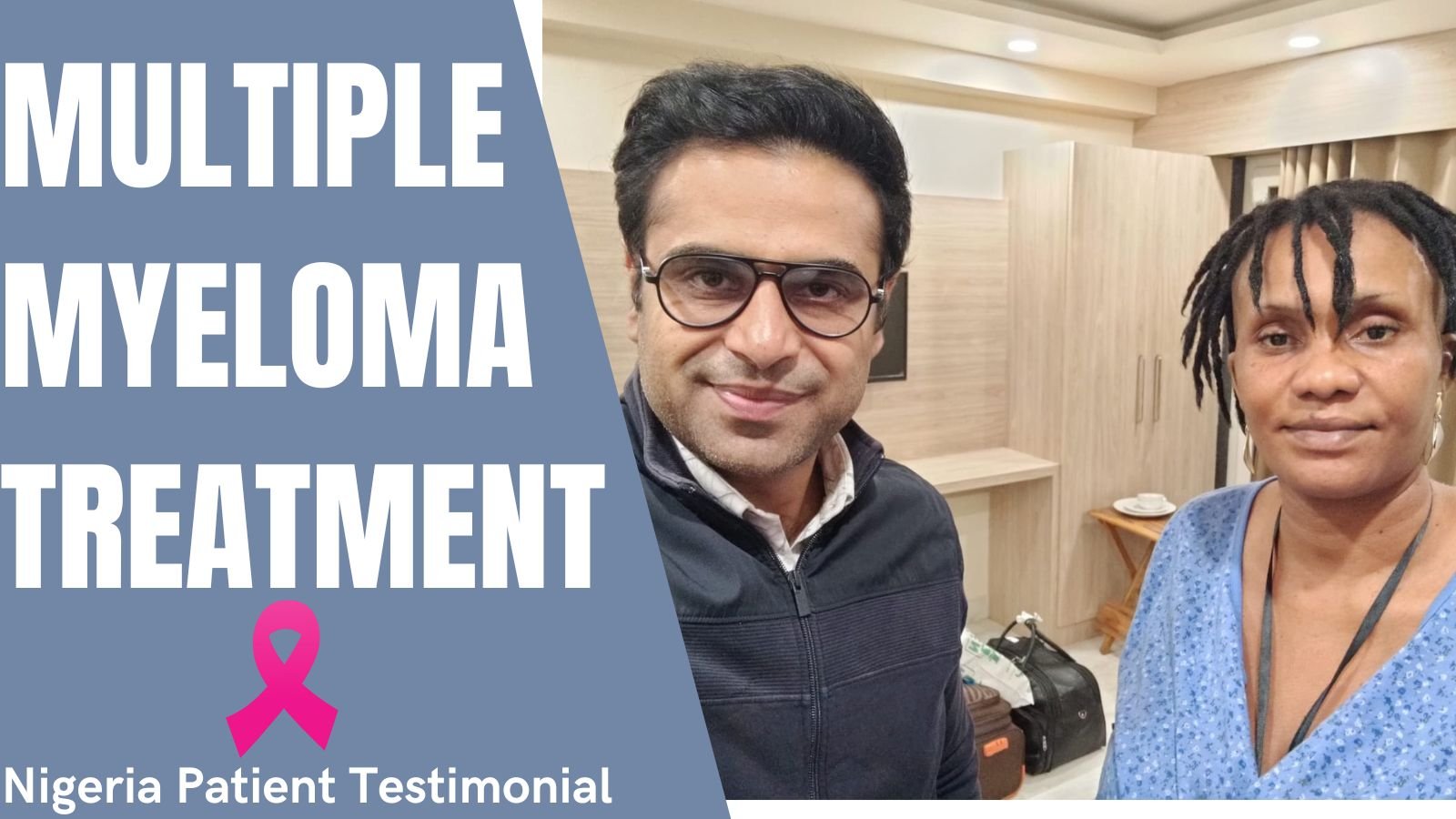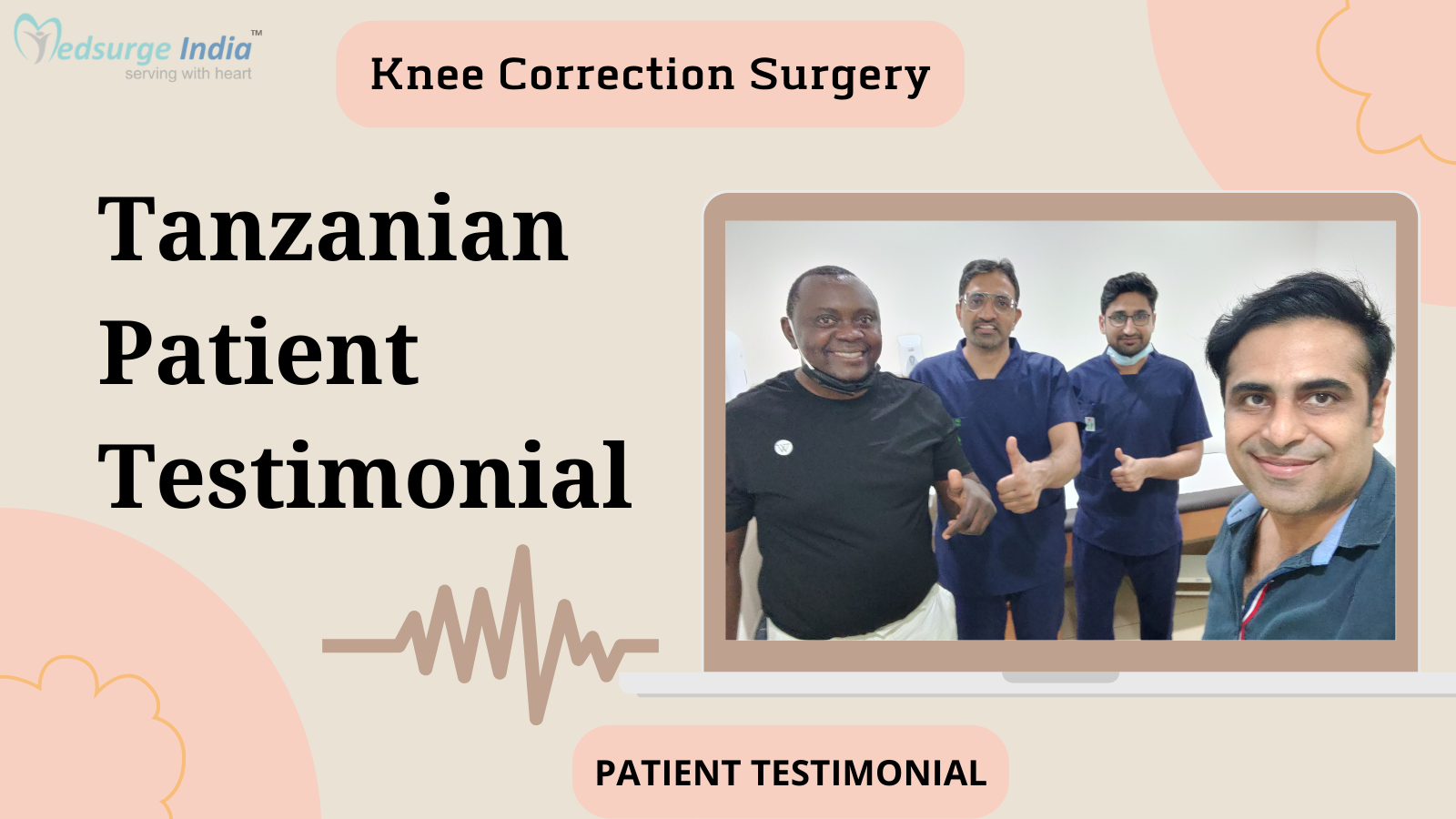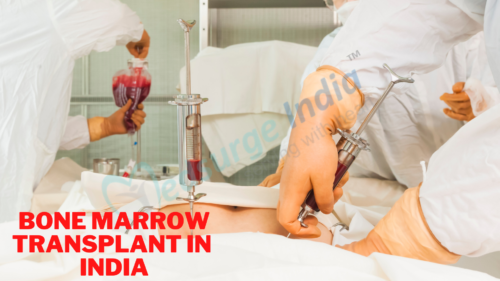
A ventricular septal defect (VSD) is often referred to as a hole in the heart. This condition may generally occur at the time of birth. In this congenital defect, the septum dividing the lower chambers of the heart, the ventricles, is not completely shaped leaving a gap or a hole. This gap allows some of the blood from the left ventricle to maneuver to the right side of the heart. The left ventricle in fact has oxygen-rich blood that must be provided to the rest of the human body. But due to this hole, it gets pumped back to the lungs which makes the heart work more to pump this excess blood all over again.
A small ventricular septal defect might cause no problems, and lots of small VSDs close by themselves. Medium or larger’s may require surgical repair early in life to prevent complications.
A ventricular septal defect (VSD) is normally a condition since birth. Genetic or inherited diseases like Down’s syndrome is also related to the ventricular septal defect (VSD). There are particular disorders that pregnant women may be vulnerable to which may be an explanation for ventricular septal defect (VSD) from the unborn children. Other motives may incorporate some prescription drugs, rubella (German measles), or uncontrolled diabetes.
Symptoms of Ventricular Septal Defect (VSD)
The most common symptoms of the ventricular septal defect (VSD) are as follows:
- Getting short of breath especially while exercising
- Exhaustion/tiredness
- Cyanosis (a blue tint on the lips, skin, or fingernails caused by a lack of oxygen)
- Murmuring of the heart
- Abnormality in the rhythms of the heart. Also known as arrhythmias
- Extremities getting swollen
There’s a chance that the majority of the aforementioned symptoms may be regarded as another disorder completely. It might be perceived that it’s some kind of lung disease or the generic signs of aging or physical activity.
Diagnosis of Ventricular Septal Defect (VSD)
The most commonly Pioneered Evaluations to diagnose the possibility of ventricular septal defect (VSD) Contain:
- Echocardiogram: This evaluation is performed to Find out the anatomical structure of the heart, the quantity of blood pumped from the heart and its own stresses
- Electrocardiogram: This evaluation monitors any Issues with the heart rhythm
- Chest X-rays: Chest X-ray Indicates the dimensions and shape of their core
- Coronary catheterization: This evaluation identifies the blocked blood vessels
- Magnetic resonance imaging (MRI): MRI requires a comprehensive image of the heart chambers and blood vessels
- Anxiety (exercise) testing: This evaluation measures the operation precision of the core under vulnerable circumstances
Treatment of Ventricular Septal Defect (VSD)
There are a variety of procedures that can be followed to treat or manage ventricular septal defect (VSD), depending upon its severity.
Observation
Particular minor congenital heart defects found in adults won’t need any therapy as such. However, these patients need to enroll themselves for routine heart check-ups to be sure that the flaw isn’t getting severe as time passes.
Drug Therapies
Medicines may be used to take care of some small septal defects so as to help your heart work better. These medications are given to achieve the following outcomes:
- Reduce the speed of heartbeat (beta-blockers)
- Relax blood vessels (calcium channel blockers)
- Prevention of blood clots, such as warfarin
- Discharge excessive fluids from the entire body (diuretics)
Not all medications can have exactly the exact same response for all sorts of ventricular septal defects. There’s a risk that some of the drugs that are helpful in treating a certain kind of septal defect can make another kind of septal defect worse.
Patients experiencing ventricular septal defect (VSD) are at a risk of a disease, called endocarditis. This is possible even when their flaw was fully cured.
Know More – Closure of defects like ASD VSD Cost in India
VSD Closure Surgery Cost in India
The average VSD Closure Surgery Cost in India ranges from 1.5 Lakh to 4 Lakh (1800 USD to 4800 USD). For VSD Closure Surgery in India, the expenses are subject to variation based on the patient’s condition and the specific treatment approach chosen by the doctor following the results obtained.
VSD Closure Surgery Cost in Various Cities in India
| Cities | Starting Price |
| Delhi | 1800 USD |
| Gurgaon | 1700 USD |
| Noida | 1500 USD |
| Mumbai | 1700 USD |
| Hyderabad | 1500 USD |
| Chennai | 1900 USD |
| Kolkata | 1600 USD |
| Bangalore | 1800 USD |
Please note that the pricing and the treatment for VSD Closure Surgery cost in India will vary depending on the patient’s choice and other various factors.
Factors That Can Affect VSD Closure Surgery Cost in India
The following here are some variables that can affect VSD Closure Surgery Cost in India:
- Medication costs.
- Duration of treatment.
- Geographical location.
- Hospitalization expenses.
- Government policies and subsidies.
- Medical tourism packages.
- Hospital reputation and infrastructure.
- The expertise and experience of medical professionals.
- The type and frequency of diagnostic procedures.
- The choice of treatment modality.
In addition, the quality and level of medical care and facilities offered are on par with renowned healthcare institutions worldwide, even after factoring in the costs of accommodation, meals, and transportation. Moreover, under the guidance of highly proficient doctors, Medsurge India ensures that patients receive the most affordable VSD Closure Surgery Cost in India.
Get Free Cost Estimation
Procedure
VSD Closure Surgery Procedure
Before the Heart Surgery
Certain pre-operative tests will be conducted prior to the operation. These evaluations will include:
- Physical evaluation: Your physician will run some physical evaluations to ascertain whether you are fit to undergo the operation or not
- Blood evaluations: Blood tests will decide the normal performance of the additional organs. Additionally, it will help the physician understand the blood group of the patient and if blood transfusions will be required during the operation or not.
- Chest x-ray: The X-ray will disclose the illness, shape, and size of their heart
- Electrocardiogram: Electrocardiogram determines the rhythm of their heartbeat
Patients will be necessary to take antibiotics prior to another surgical procedure to decrease the probability of disease. Hours prior to the surgery the patient will probably be asked not to drink or eat whatever, to bathe, and shave off any hair from the region where the surgery is going to be carried out. A particular dress is going to be supplied to the patient from the health care personnel to wear throughout the operation.
During the Surgery
The VSD correction surgery is performed by two methods
- Intra-cardiac Strategy: This is the most widely used method for treating VSD in kids. It’s an open heart operation performed while the Patient is set into a heart-lung machine or the cardiopulmonary bypass. In this procedure, the surgeon sews a patch of cloth or part of the pericardium present outside the center within the VSD. This will help to close the VSD fully and in course of time, the patch has been covered by normal tissue and also recovers completely.
- Catheter Intervention: this kind of operation, it’s done via a catheter-a tube that’s conducted via the blood vessels right into the heart. Catheter techniques are ideal for small or minor septal defects and a few faulty valves.
After the Heart Surgery
Following the conclusion of this operation, the patient with fixed VSDs must stop by a cardiologist for routine check-ups. On the contrary, patients that create other congenital problems or have some cardiac complications following the operation must continue to observe an adult congenital heart disorder expert.
Helpful:
Top 10 Cardiologists in India
The Most Important Frequently Asked Questions
Q: What Other Heart Problems Can Occur with a VSD?
A. Other heart problems like leaking or narrowing of heart valves may be common in patients afflicted by VSD. Another intricate heart problem related to VSD is the tetralogy of Fallot.
Q: How Do VSD Develop?
A. In the womb, the heart starts out as a single tube. As this tube loops, the two bottom tubes lie side-by-side and a wall (septum) develops to complete the division of the heart into the left and right sides. The right side pumps blood to the lungs, and the left side pumps blood to the body. Sometimes this wall does not grow completely and a hole remains.
Q: What Causes a VSD to Develop?
A. There isn’t any specific rationale as to why a VSD forms. Genes and environment surely play a critical role. As we continue to find out more about the individual DNA, we might come to a place to learn more about exactly what causes ventricular septal defect (VSD).
Q: How Is a VSD Diagnosed?
A: In most cases, the ventricular septal defects are revealed after the birth of a child. By using a stethoscope the doctor can listen to the rumble of the blood as it goes through the hole. This is called a murmur. At times even if you place your hand on your chest, you will feel a rumbling. This is called a thrill. Some VSDs are not diagnosed until adulthood. Diagnosis of a VSD includes:
- Chest X-ray
- Electrocardiogram
- Echocardiogram
- Cardiac MRI
Q: Is VSD Life-Threatening?
Ventricular septal defects (VSD) are usually regarded as non-life-threatening, generally closing by themselves or might cause symptoms like congestive heart failure. Congestive heart failure may be treated in the time to save the patient lifestyle.
Q: What Are the Long-Term Outcomes for Adults with Unrepaired VSD?
A: Little VSD might never need any therapy. But, large VSDs may have the danger of creating other cardiovascular, lung, and blood issues.
Q: What Health Problems Are Caused by a VSD?
A: VSD can result in elevated blood pressure in the lungs and can lead to cardiac failure, even if not treated promptly.
Q: How Are VSDs Treated Now?
A: Many VSDs are treated using an open heart operation.
Top Hospitals for VSD Closure Surgery in India
Top Doctors for Cardiology And Cardiac Surgery
Dr. Mukul Bhargava
Interventional Cardiologist, Consultant, DM, MD, MBBS
Experience: 9 years of experience
Fortis Memorial Research Institute, Gurgaon
Gurgaon, India
Dr. D. K. Jhamb
Director & Head of the Department
Experience: 33 years of experience
Sanar International Hospital, Gurgaon
Gurgaon, India
Dr. Manjunath S Pandit
Senior Consultant
Experience: 11+ years of experience
SDM Narayana Heart Centre, Dharwad
Dharwad, India
Dr. Soumyajit Ghosh
Consultant
Experience: 7 years of experience
Medica Superspecialty Hospital
Kolkata, India
Dr. Madhusudana N
Consultant
Experience: 10 years of experience
BGS Gleneagles Global Hospitals, Bangalore
Bangalore, India
Dr. R Anil Kumar
Consultant , MBBS, MD, DM, MRCP, Fellowship
Experience: 23 years of experience
Kolkata, India
Dr. Harmindar Singh
Senior Consultant
Experience: 39+ years of experience
Family Care Hospital, Mira bhayandar
Mira bhayandar, India
Dr. Deepak Natarajan
Director
Experience: 35 years of experience
Venkateshwar Hospital, New Delhi
New Delhi, India
Dr. Pradeep Kumar Shetty
HOD
Experience: 25 years of experience
Rajiv Gandhi University of Medical Science, Bangalore
Bangalore, India
Dr. Johann Christopher
Consultant
Experience: 17 years of experience
Care Hospitals, Banjara Hills, Hyderabad
Hyderabad, India
Dr. Dhiman Kahali
Director
Experience: 33 years of experience
BM Birla Heart Research Centre Kolkata
Kolkata, India
Dr. Anand Lingan
Senior Consultant
Experience: 12+ years of experience
Narayana Multispeciality Hospital, R S Naidu Nagar, Mysore
Mysore, India


